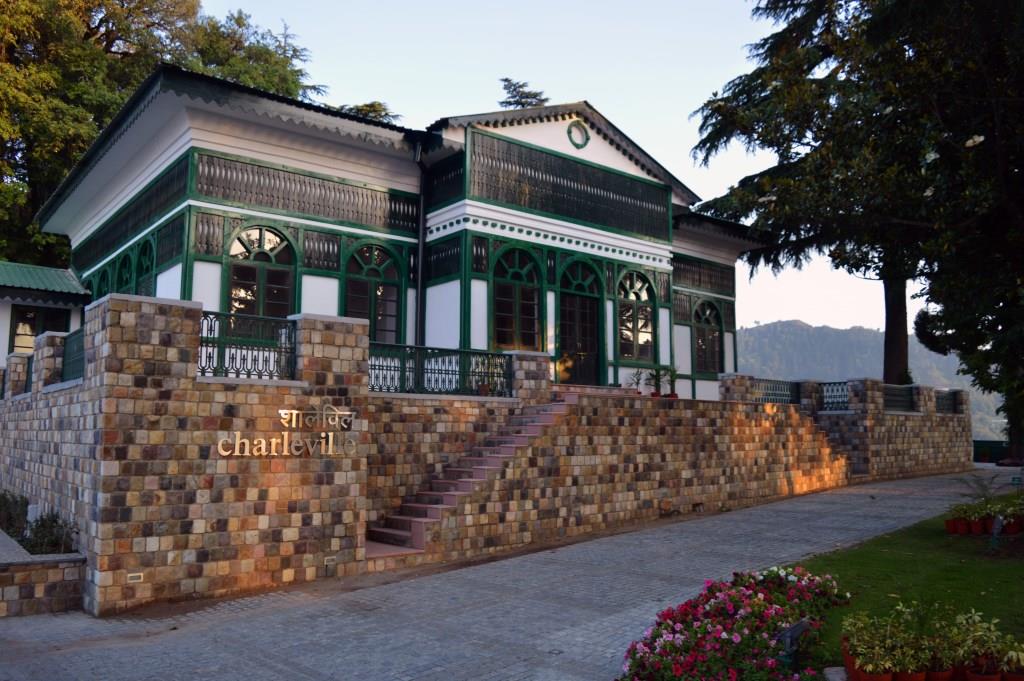K Kasturi Rangan report reflects a sincere effort to mobilize innovative solutions to address the deficiencies in Indian education system. Discuss (200 Words)
Refer - Business Standard
Enrich the answer from other sources, if the question demands.
Darshan 4 years
Sir I am taking lot of time to answer 1 question, even then i am not able to write good answer please help me sir. Thank You sir

IAS Parliament 4 years
Its better to take lot of time, work on it consistently you will be able to write a good answer, try to build good basics by reading NCERTs thoroughly. Keep following.
Darshan 4 years

IAS Parliament 4 years
It is difficult predict about marks, evaluating pattern of UPSC, so try focusing on writing good answers. Keep Following.

IAS Parliament 5 years
KEY POINTS
· K Kasturirangan report, amounts to a wholesale restructuring of the country’s school, higher education and technical education systems, in keeping with the lofty aim set out in 2017 of making India a “knowledge superpower”.
· Reiterating the urgency for India to invest in Early Childhood Care and Education (ECCE) the report says a Re 1 investment yields an expected return of Rs 10 it takes an all-encompassing view that includes infant and maternal nutrition.
· To this end, it says the state’s ECCE investment should start when the child is three years old, and suggests restructuring the school curriculum for 15 years of schooling.
· Within the current system of delivering pre-school learning through anganwadis and private play schools, the report sets out a detailed framework for them to improve the quality of scholling.
· This is certainly an imaginative solution but it may run into practical difficulties. For instance, emphasize on anganwadis with training staff and resources to do this.
· Although the committee’s intentions are admirable in suggesting a significant expansion of pre-school education, it would have been more practical had it focused on enabling the government to concentrate on delivering better-quality schooling within the current 12-year system,
· Annual Status of Education Reports have shown to be critically sub-standard. That section of the report does suggest some useful improvements in teaching routines to improve foundational literacy and numeracy a prescribed minimum daily and weekly focus on language and maths and a connect with real-life learning.
· The report addresses these problems by suggesting the mobilisation of a large-scale volunteer programme and a refocus of the teacher-training programme both in content and structure by integrating them into a new system of centralised teaching institutions.
· The micro-recommendations for pre-school education offer a flavour of the treatment the Kasturirangan report has accorded to higher and technical education.
· Overall, the report reflects a sincere effort to mobilise innovative solutions to the vexed problem of India’s education and, at the same time, take on board the opinion of all its members (why else would it include a suggestion to set up a school for Persian and other Oriental languages).

K. V. A 5 years
Pls review

IAS Parliament 5 years
Good answer. Keep Writing.
praneetha 5 years
please review

IAS Parliament 5 years
Try to include the importance of anganwadi workers, ASER reports. Keep Writing.
arsh 5 years
new education policy(NEP) was first formulated in 1984,had changes in 1992 and now draft to NEP has been submitted to Ministry of Human Resource development(MHRD) by a committee constituted under k kasturirangan (former scientist at ISRO).the sincerity to address deficiencies in present eductaion system is reflected in the numerous suggestions presented in the report.few of them are as follows:
1. the new education system to be based upon access,equity,quality,affordability and accountability.
2. aims ar hollistic development of child making yoga,sports,music,arts,crafts as a part of cirriculum as opposed the the existing system where these are part of extra cirruculum.
3. importance given to core capacities and life skills to make childern adapt and cope with future life challenges in a better way.
4. implementing 5+3+3+4 curriculum pattern.
3-8 years(foundational) 1st to 2nd class
8-11 years(preparatory) 3rd to 5th class
11-14 years(middle) 6th to 8th class
14-19 years(secondary) 9th to 12 th class
5. primacy to english language teaching and learning as per international level and needs.
6. mission nalanda, mission takshashila, for higer education to increase the research and innovation standards.
7. expansion of right to education from present 3-14 years to 3-18 years.
8. only one regulatory body ie rashriya shiksha ayog to regulate the education.
9. renaming of MHRD to ministry of education.
the draft to new education addresses many challenges including those presented annual status of education report(ASER) like low proportion of students at GRADE LEVEL in primary classes which means they should be taught foundational skills in numeracy and literacy.this can be overcome by concentrating upon basic skills,grade level textbooks which is clearly found in the draft to NEP.indian government see dream of making india “vishwaguru” hub of innovations and research and the draft to NEP can help it attain the same if proper implementation,follow-up is done.

IAS Parliament 5 years
Try to include the role of anganwadis, ASER report. Keep Writing.